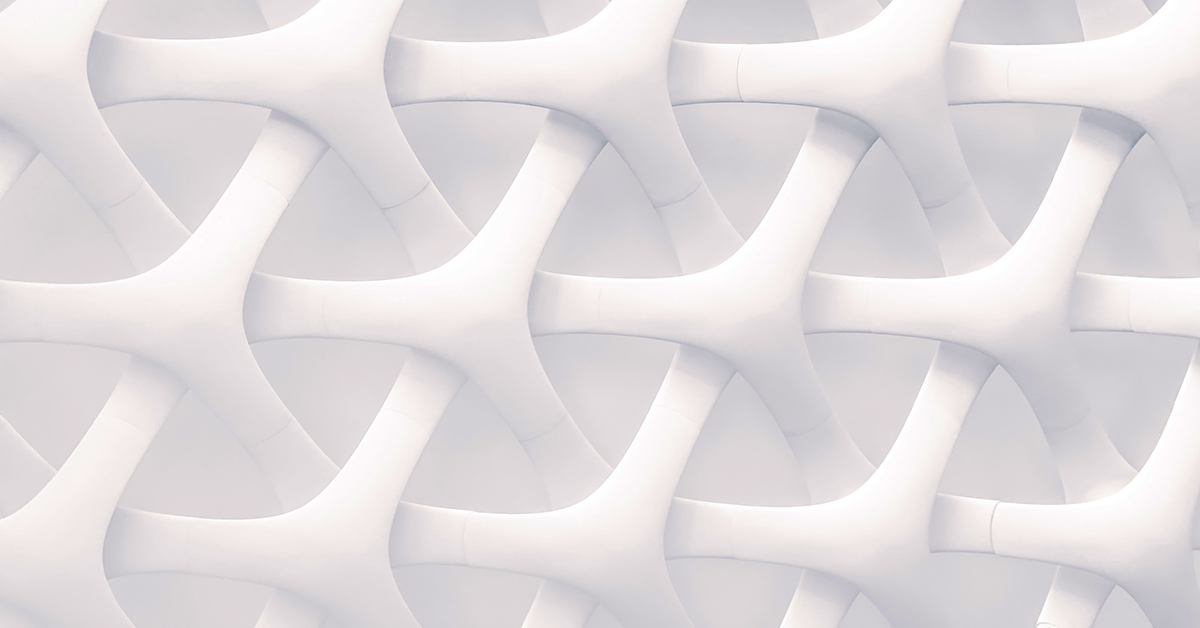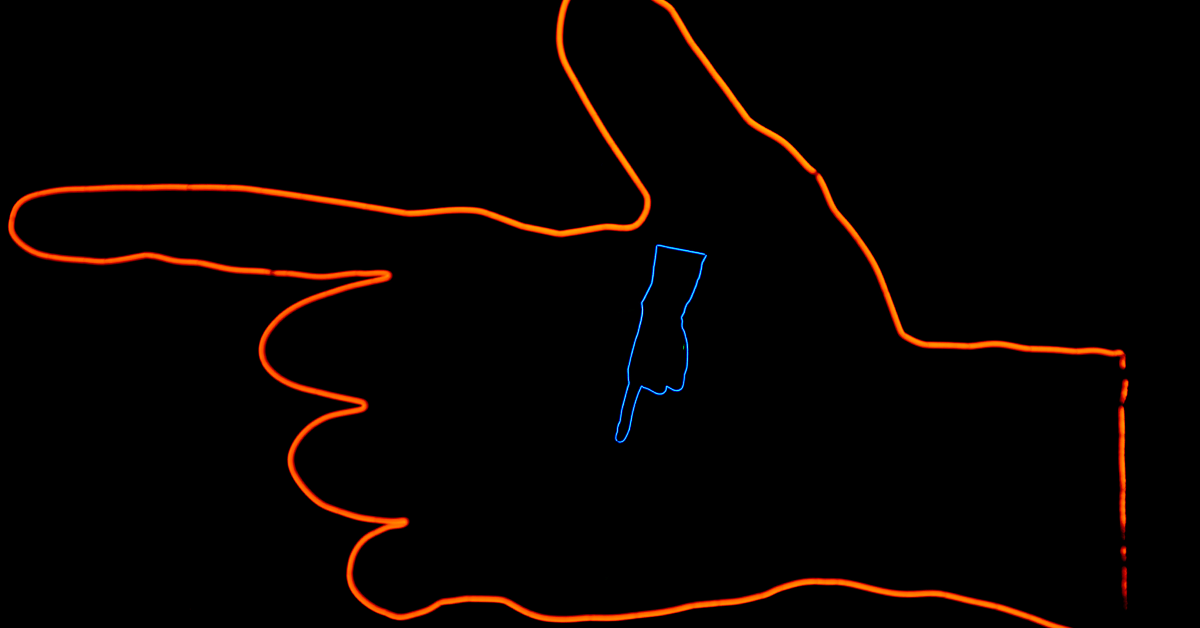‘How Might We’ (HMW) workshops are a cornerstone of design thinking and an essential tool in the modern UX designer’s toolkit.
These workshops are designed to open up the floor to innovative thinking and collaborative problem-solving.
This guide aims to provide you with a concise and actionable roadmap to running successful ‘How Might We’ workshops, ensuring you harness the full potential of your team’s creative abilities.
TL;DR (Because we’re all busy getting things done):
- To conduct a successful workshop, start by clearly defining the challenge and setting specific objectives.
- Ensure a diverse group of participants to enrich the discussion with various perspectives.
- Use tools like sticky notes and empathy maps to visualize ideas and guide the group through a structured ideation process.
- Encourage open-ended thinking and build upon ideas to explore innovative solutions.
- Document the outcomes and synthesize them into actionable steps.
- After the workshop, share the results with stakeholders and plan the next steps for further research or prototyping.
- Remember, the key to a successful ‘How Might We’ workshop lies in preparation, effective facilitation, and follow-up, ensuring ideas are not only generated but also acted upon.
1. Setting the Stage for Success
Understanding the Basics:
‘How Might We’ workshops are a form of creative problem-solving session used extensively in design thinking and design sprints. They focus on turning complex problems into opportunities for innovative solutions. By framing challenges as open-ended HMW questions, teams are encouraged to think beyond the usual confines and explore a wide range of possibilities.
By framing challenges as open-ended HMW questions, teams are encouraged to think beyond the usual confines.
Identifying Your Goals:
Before diving into the workshop, it’s crucial to identify what you hope to achieve. Are you looking to generate new ideas for a product design? Or perhaps you’re seeking innovative solutions to a longstanding design challenge? Your goals will guide the session, helping you focus on problem statements that drive towards potential solutions that are both innovative and actionable.
2. Preparing for the Workshop
Participant Selection:
The success of your workshop often hinges on the participants. Aim for a diverse group that represents different aspects of the UX design process, from user research to product development. The variety of perspectives will enhance the depth and breadth of the ideas generated, ensuring a rich tapestry of creative solutions.
The success of your workshop often hinges on the diversity of your participants.
Logistics and Materials:
Whether you’re running a physical or remote workshop, preparation is key. Ensure you have all the necessary materials at hand, including sticky notes, markers, empathy maps, and any other ideation tools you plan to use. For remote workshops, choose a digital platform that allows for easy collaboration and idea sharing among participants.
3. Facilitating the Workshop
Opening the Session:
Start by setting the tone for an open, collaborative, and non-judgmental environment. A brief icebreaker or a simple introduction round can help warm up the group. Clearly outline the workshop’s objectives and explain the format to ensure everyone is on the same page.
Guiding the Ideation Process:
The heart of the ‘How Might We’ workshop is the ideation phase. Facilitate this by encouraging participants to voice their ideas, however outlandish they may seem. Remember, the goal is to generate a broad range of solutions. Use ideation techniques such as brainstorming, sketching, or mind mapping to spur creativity. Keep the energy high and ensure every voice is heard.
The heart of the ‘How Might We’ workshop is the ideation phase.
Using Tools and Techniques:
Incorporate tools like empathy maps to deepen understanding of user needs and problem statements to focus the discussion. Refer to methodologies from design thinking experts like Jake Knapp to structure your session effectively. These tools not only help in organizing thoughts but also in ensuring that the ideas align with the users’ needs and the project’s goals.
4. Capturing and Refining Ideas
Documenting the Process:
As ideas flow, capture them visually using sticky notes or digital equivalents. This not only helps in keeping track of the ideas but also in grouping and organizing them later. Encourage participants to build on each other’s ideas, combining and refining them into more developed concepts.
As ideas flow, capture them visually using sticky notes.
Narrowing Down to Innovative Solutions:
Once you have a broad range of ideas, it’s time to start narrowing down. Facilitate a discussion to evaluate the ideas against your initial goals and criteria for success. Look for solutions that are not only innovative but also feasible and impactful. Prioritize ideas that offer the most promising answers to your ‘How Might We’ questions.
5. Post-Workshop Actions
Synthesizing and Sharing Results:
After the workshop, synthesize the ideas into a coherent summary. Share this with all participants and relevant stakeholders. This not only keeps the momentum going but also ensures that the insights and ideas generated are integrated into the project’s next steps.
After the workshop, share a summary of actions with all participants and relevant stakeholders.
Planning Next Steps:
Determine what actions need to be taken to further explore, validate, or implement the selected ideas. This might involve more detailed user research, another round of ideation, or moving into a design sprint. Whatever the next steps, ensure they are clearly defined and assigned to move the project forward.
Common Challenges and How to Overcome Them
Running a ‘How Might We’ workshop is not without its challenges. You might encounter participants who are hesitant to share their ideas or find that the discussion veers off track. As a facilitator, it’s your job to navigate these challenges. Encourage quiet participants by asking direct questions or breaking into smaller groups. If the conversation drifts, gently steer it back to the topic at hand. Remember, your role is to guide the process and ensure a productive and creative environment.
Remember, your role is to guide the process and ensure a productive and creative environment.
Summary
‘How Might We’ workshops are a powerful tool in the design thinking arsenal. They not only foster a culture of innovation and collaboration but also lead to a deeper understanding of the challenges at hand and more creative and effective solutions. By following this guide, you’re well on your way to running successful workshops that unlock the creative potential of your team and drive your projects forward.
Q&A Section
Q: How do I effectively run a ‘How Might We’ workshop to ensure it’s a successful part of our design thinking process?
A: To run an effective ‘How Might We’ workshop, start with a clear understanding of your design challenge and set specific goals. Ensure you have a diverse group of participants to bring in various perspectives. Use tools like sticky notes and empathy maps to capture ideas, and guide the group through the ideation process with a focus on creative problem-solving and innovative solutions. Finally, synthesize the outcomes into actionable steps.
Q: Can you explain how ‘How Might We’ workshops fit into the broader design thinking workshop landscape?
A: ‘How Might We’ workshops are a specialized type of design thinking workshop focused on opening up creative avenues for problem-solving. They encourage participants to rethink assumptions and explore new ideas, making them a crucial phase in the design thinking process where understanding user needs and generating a wide range of potential solutions is key.
Q: How can I incorporate elements of a design sprint into my ‘How Might We’ workshops?
A: Incorporate design sprint elements by structuring your workshop around a tight timeline, using specific phases of ideation, prototyping, and testing. Encourage rapid idea generation and build quick prototypes based on the ‘How Might We’ questions. Jake Knapp’s design sprint framework can provide a structured approach to this integration.
Q: What are some key strategies for creative problem-solving during these workshops?
A: Key strategies include fostering an open and inclusive environment, encouraging divergent thinking, using visual aids for brainstorming, and employing various ideation techniques. Encourage participants to build on each other’s ideas and push beyond obvious solutions to uncover innovative ideas.
Q: How can UX design principles be integrated into a ‘How Might We’ workshop?
A: Integrate UX design principles by focusing on user needs and experiences throughout the workshop. Use user research to inform the problem statements and ensure that the solutions ideated are user-centered. Encourage participants to think from the user’s perspective and prioritize solutions that enhance user experience.
Q: What’s the role of an empathy map in a ‘How Might We’ workshop, and how can it improve the ideation process?
A: An empathy map helps participants understand and empathize with the user, providing a deeper insight into their needs, desires, and pain points. By visualizing the user’s perspective, it guides the ideation process toward solutions that are truly user-centric and address real human-centered design challenges.
Q: How do you adapt ‘How Might We’ workshops for remote teams, and what are some tips for engaging remote participants?
A: For remote workshops, use digital collaboration tools to simulate a shared workspace. Engage participants by assigning roles, using break-out rooms for smaller discussions, and ensuring everyone has a chance to contribute. Keep the energy high with interactive activities and frequent check-ins.
Q: How can brainstorming and ideation sessions during the workshop lead to real, actionable solutions?
A: Brainstorming and ideation sessions generate a wide range of ideas. Guide participants to refine and prioritize these ideas through voting, grouping, or further discussion. Then, develop the most promising ideas into more detailed concepts that can be prototyped and tested, leading to actionable solutions.
Q: In what ways can user research enhance the outcome of a ‘How Might We’ workshop?
A: User research provides a solid foundation of real user needs and experiences. Integrating insights from user research into the workshop helps ensure that the ideated solutions are grounded in reality and address genuine user problems, leading to more effective and user-centered outcomes.
Q: What’s the best way to capture and document the flurry of ideas generated in a ‘How Might We’ workshop?
A: Use a combination of visual and textual documentation methods. Capture ideas on sticky notes or digital equivalents during the session, then organize and categorize them post-workshop. Create a summary document or visual representation that captures the essence of the ideas and the key insights generated.


